2016.09.02
Six Ancient Kilns Pilgrimage. ❷ Onward to BIZEN
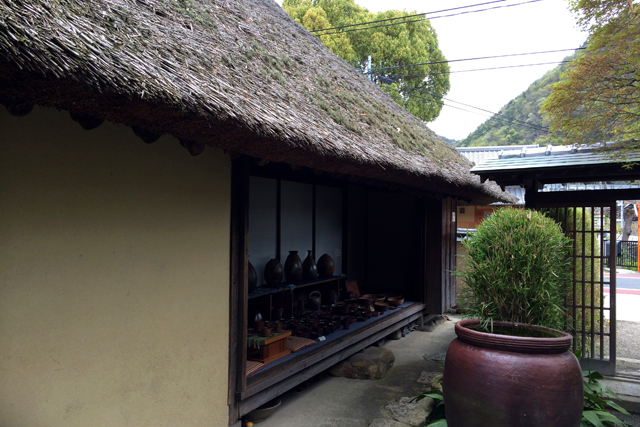
“Yakishime [vitrifying]” and “Hidasuki [scarlet-red fire cord markings]”.
“Zangiri [technique of placing ceramic piece in ash to produce a grey color]”, “Botamochi [firing technique that leaves reddish-orange circles]”, “Sesame [technique that produces a brownish coloring from the red pine ash melting on a ceramic piece]”….
Bizen ware stands in direct contrast with such colorful and decorative glazes. It is a perfect harmony of ashes, soil and human perception; it is unique, and the epitome of sophistication. I don’t know whether it could be considered a testimonial to the greatness of bizen ware, but this simple clay pottery is has been produced by the majority of Japan’s human national treasure ceramic artists in Japan.
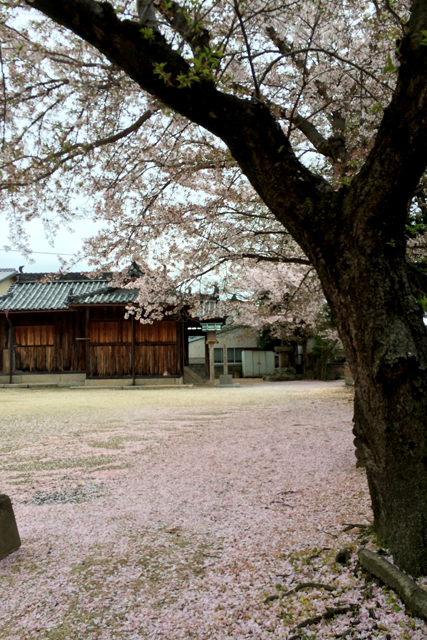
Cities of Bizen and Inbe.
The pottery studios in Japan are always pretty much deserted.
Here, it is so silent you may hear the sound of cherry blossoms falling.
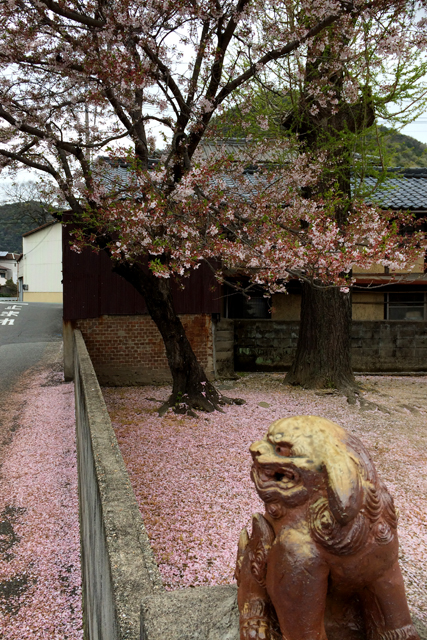
A reddish-brown lion created from the clay of Bizen. Its gaze directed at the flow of the river, or the smoke from a distant kiln.
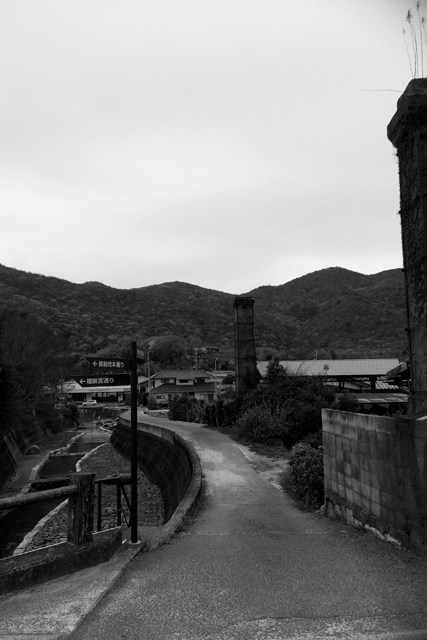
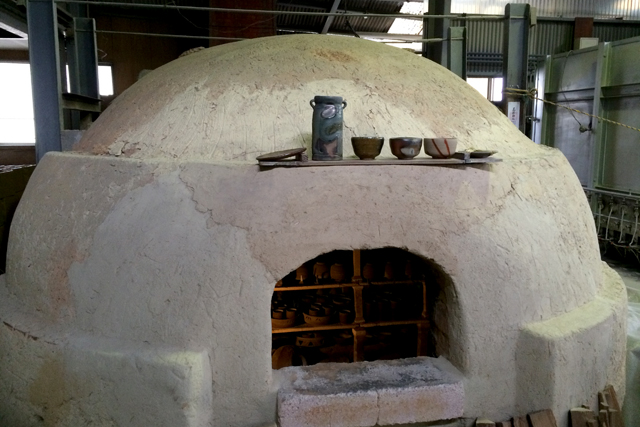
The character of each piece is shaped by the flames, and the soil, and the ash. The artisans lend their ears to what each has to say.
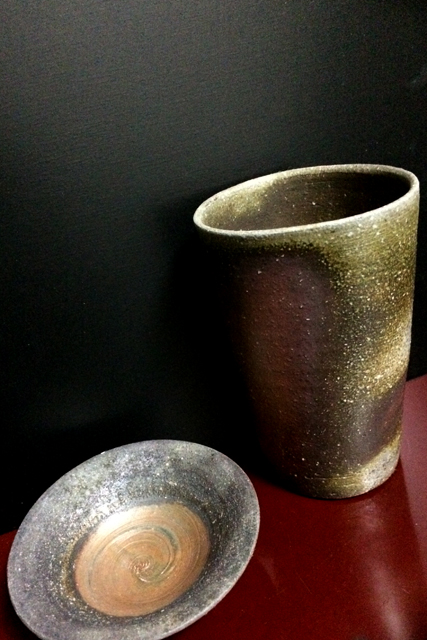
It is impossible to fully understand the truth to the art of ceramics that lies far beyond the reaches of intellectual curiosity.
Though that may be true, fortunately, it has no bearing on the sweet taste of sake when sipping it from bizen ware.






